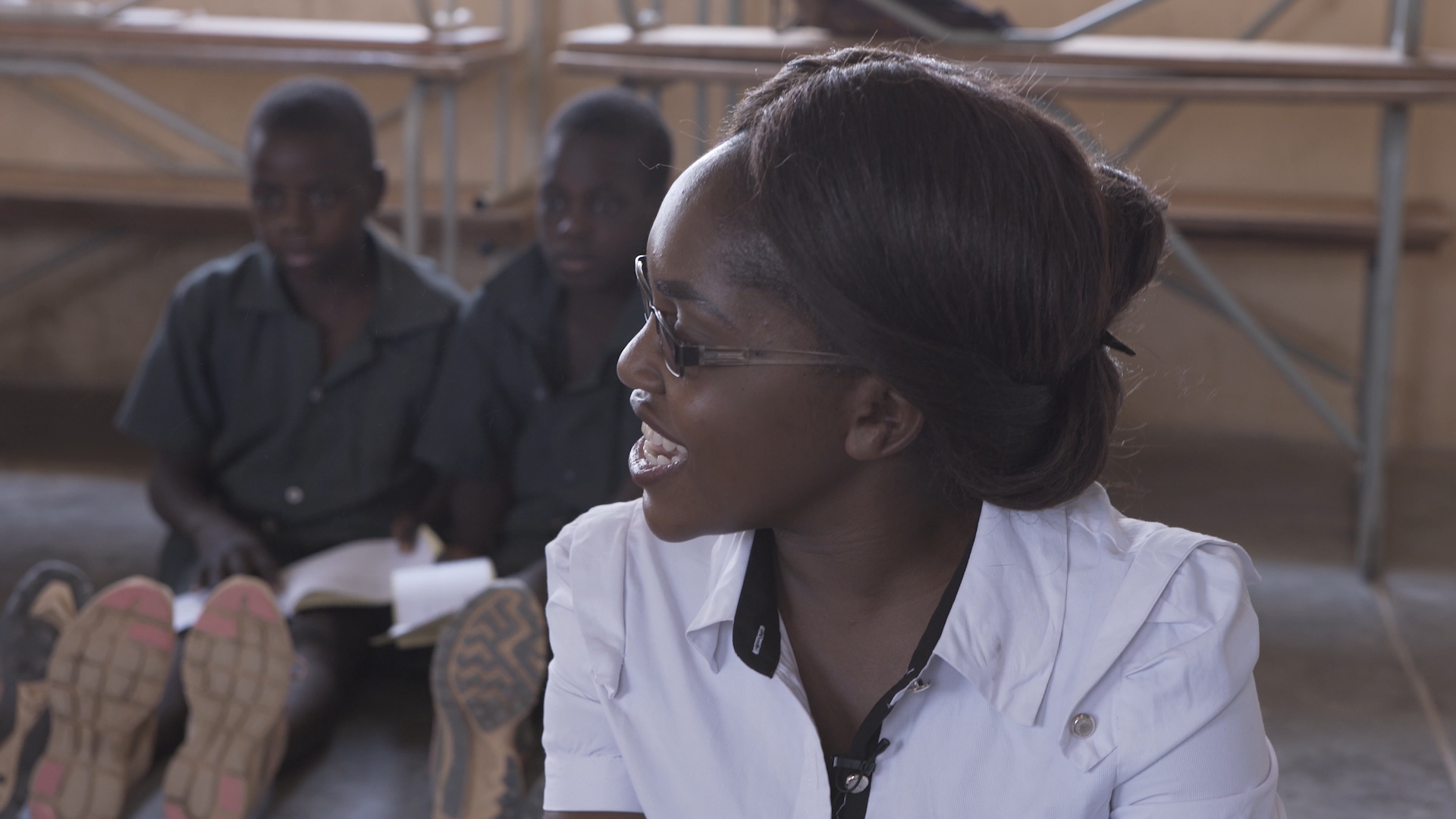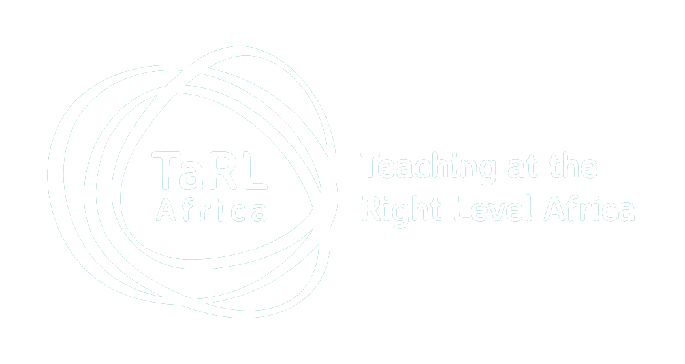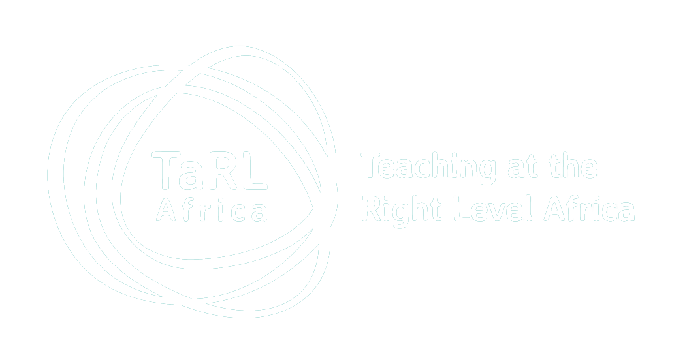Classroom Methodology

Teaching at the Right Level (TaRL) is an evidence-based approach pioneered by Pratham, that moulds classroom instruction to a child’s learning level. The crux of the approach is grouping children according to their learning levels, focusing on foundational reading and mathematics skills, and targeting instruction to a child’s current level.
What are TaRL’s core classroom principles?
TaRL classes break free of the “chalk and talk” practices commonly found in primary school classrooms across the world by encouraging the use of engaging, fun, and creative activities focused on building foundational reading and mathematics skills. TaRL classes are
-
Responsive
-
Focused on foundational skills
-
Child-centred
-
Multifaceted
-
Lively
-
Relatable
-
Confidence-building

Primary school classrooms in developing countries often have large numbers of children at different stages of the learning process. In many nations, even by Grade 3, most children are already behind the grade level in reading and mathematics. In contrast to instruction in standard classroom settings, the TaRL approach assists instructors by creating groups of children at similar learning levels, allowing instruction to revolve around the current levels of the children, rather than a predetermined curriculum for the entire class. As children progress, the instructor reassesses and reassigns them to more advanced groups.
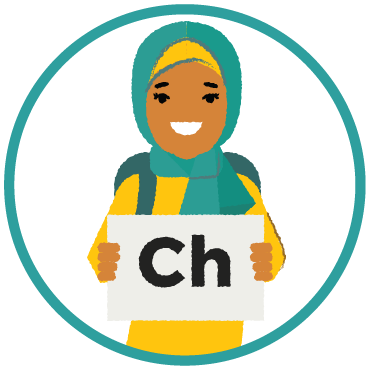
In many national curricula, after the first two years of primary school, instructors spend less time building foundational skills such as reading, number recognition and basic operations, and devote more attention to advanced topics. What happens to the many children who are not yet reading, adding or subtracting at grade level? Unfortunately, they are rarely given an opportunity to catch up. They fall further and further behind. For example, according to UWEZO reports, only 3 out of 10 Grade 3 children in Kenya were able to do Grade 2 work in 2015. In Uganda, 41.4% of children were not able to read syllables or words in a local language, almost 18% were unable to recognise numbers, and 27% were unable to solve any basic operations by Grade 3. The TaRL approach makes time for foundational skills in middle and upper primary school, creating a safety net for the children who have fallen behind.

In contrast to many standard classroom approaches, TaRL actively engages children, encouraging participation throughout each class. Instructors engage children in discussions and demonstrations, providing space for them to ask questions and helping them learn through collaboration. They provide structure and support, while adjusting to the children’s pace.

In the course of a TaRL class, children read, write, speak, listen, practise sums, demonstrate activities, collaborate, and move around the classroom. Classes are fun and fast-paced, and children strengthen a number of skills simultaneously. TaRL classes incorporate whole-group, small-group and individual activities, giving children the opportunity to teach and learn from each other. Instructors make sure that each child participates in small-group activities by checking in on groups to encourage active involvement. During individual practice, the instructor has time to provide one-on-one support, and notes whether children are lagging or progressing.

TaRL transforms the classroom environment: desks and chairs are pushed aside, and the class is conducted on the floor. Children move easily into their small groups, where they use the floor space to write and practise sums. Instructors often sit on the floor with the children during whole-group activities, and move around to give children one-on-one attention during small-group and individual activities. This use of space helps to strengthen the connection between instructor and child, and encourages more learner time on task

TaRL classes introduce foundational skills through familiar content and practical materials. For example, when the class discusses a picture, they use a familiar scene, such as a village, market, or home similar to their own. In mathematics classes, children use sticks to learn number recognition and the concept of place value. Materials are low-cost and easily accessible. Instructors usually create their own materials and adapt them to suit their learners’ needs. Since learning materials are easily available, instructors are less likely to run out of them during the course of the year.This focus on everyday tasks, scenes, and materials helps children to draw on their own knowledge and experiences. Instructors encourage participation by asking for a child’s favourite word, letter or number, a story from her life, or a series of questions about her interests. Instructors often introduce new materials by encouraging a discussion about them.

The daily experience of impossibly daunting school tasks and materials can harm a child’s sense of self-efficacy and confidence. The TaRL approach aims to build confidence by considering the child’s foundational skill level and providing challenging yet achievable tasks to help them progress. Instructors praise each child’s achievements, and practise patience while children learn at their own pace.When TaRL is well implemented, children are excited, active throughout the class, and progress quickly through the levels.
No, TaRL classes are not based on a curriculum. In many regular primary school classrooms, lessons are organised linearly, around terms or months, with content becoming progressively more complex. Children might not learn in the particular order or pace set out in a curriculum and many tend to fall behind or not accelerate as quickly as they are able to. Therefore, TaRL classes encourage instructors instead to focus on the learning level of the child, keep track of what children can and cannot do, and allow each child to properly grasp foundational skills. TaRL activities are guided by the core principles above and the specific principles for reading and mathematics classes.
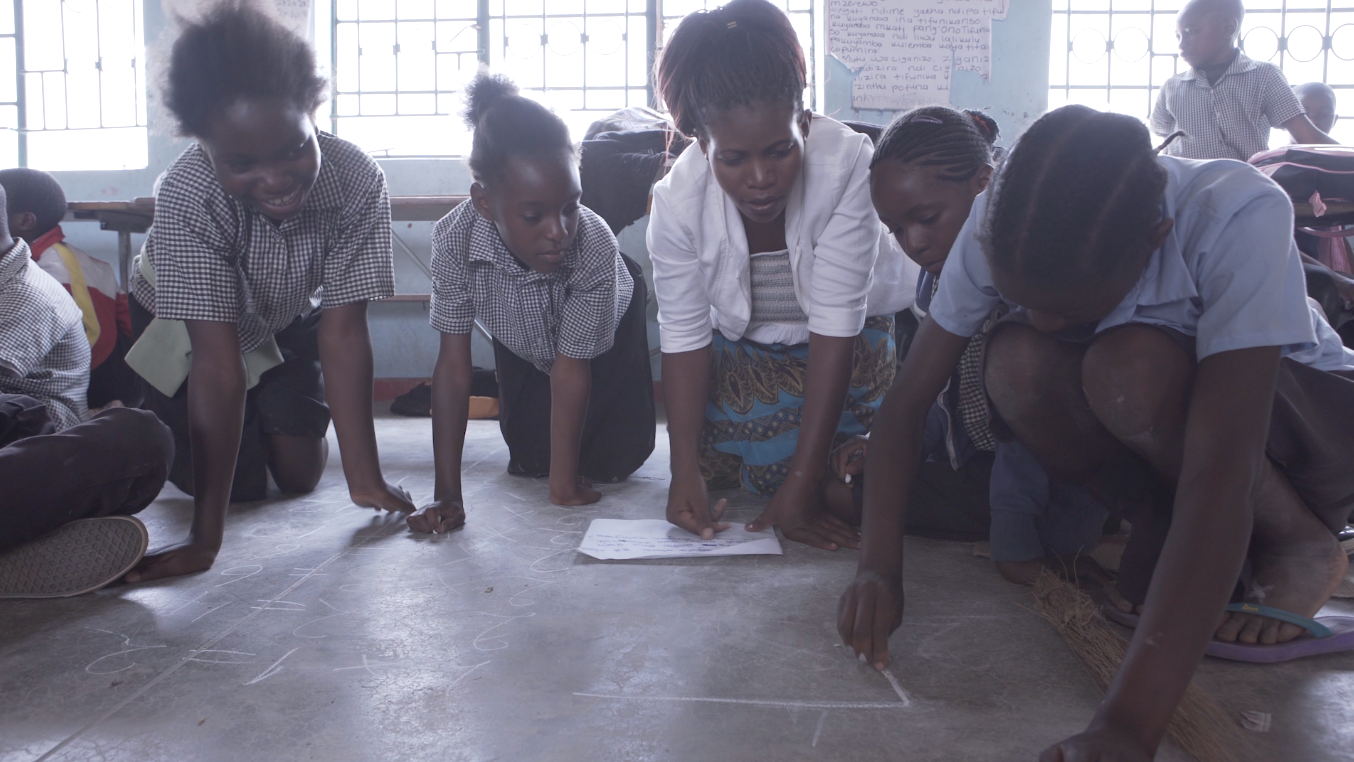
Through the initial assessment and level-wise grouping, instructors recognise what children do and do not understand. With this recognition, instructors craft activities and classes around the current level of their group. Training, practice, and mentor support, equip TaRL instructors to create engaging classes pitched at the level of the child.
Instructors are careful to notice when children in their class progress. They regularly reassess children and move them to the next group when they progress faster than their peers. This ensures that children can accelerate through the learning level groups as well as ensuring that groups remain homogenous and manageable for instructors.
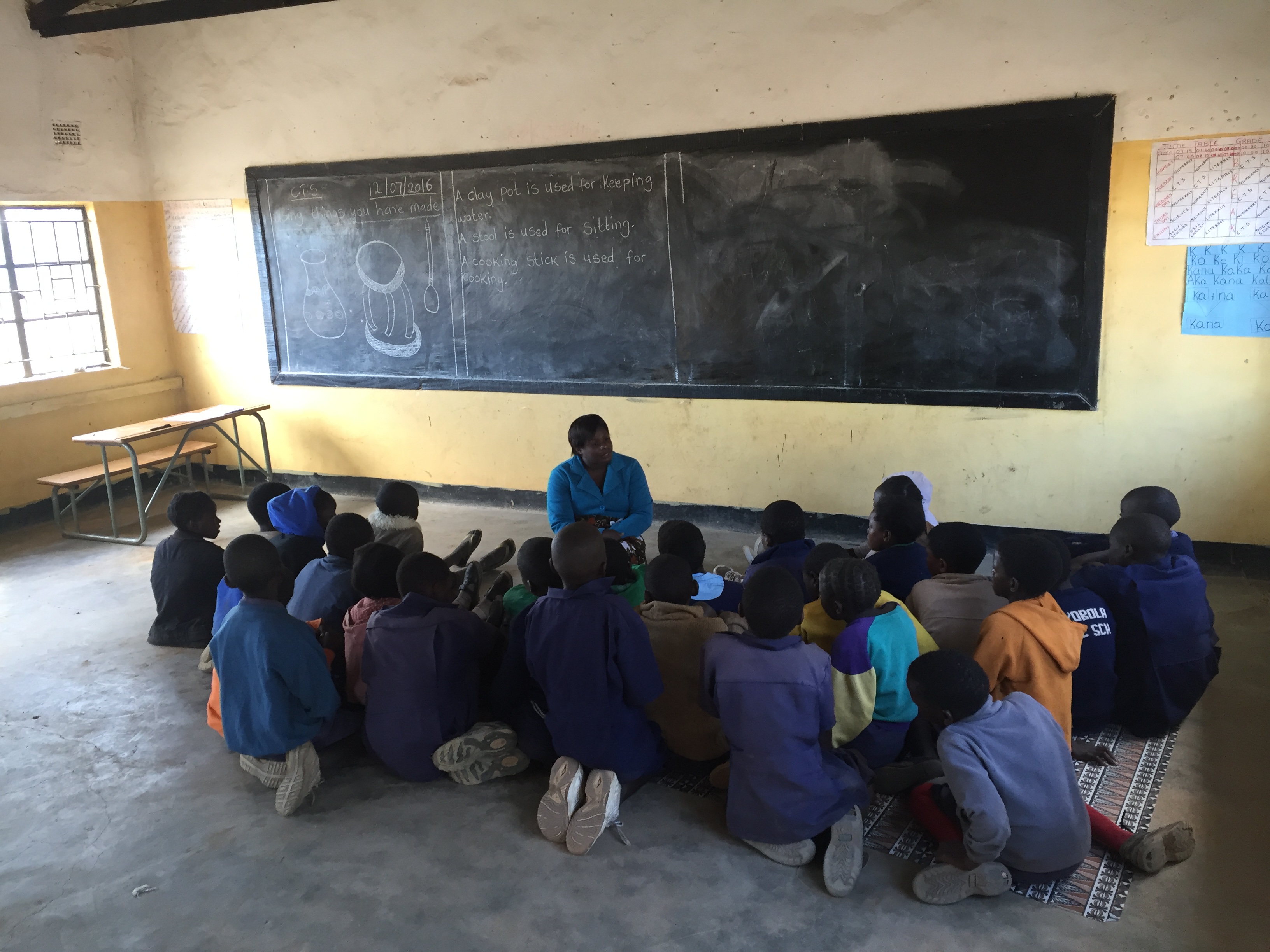
Some programmes provide short instructor manuals which explain TaRL activities and act as a refresher for instructors. Manuals avoid providing day-by-day instructions or stating a particular order for TaRL classes. Instead, instructors are given the flexibility to craft activities and classes for their particular group of children.
Can I create new TaRL activities or games?
When TaRL programme implementers decide to create new level-appropriate games or activities, they consider the core TaRL principles, as well as the specific reading and mathematics skills they are aiming to develop. When they try out these new games or activities, they reflect on the practical aspects (classroom space, time, whether each child is able to participate), and observe whether the game or activity helps children to grasp key concepts.
